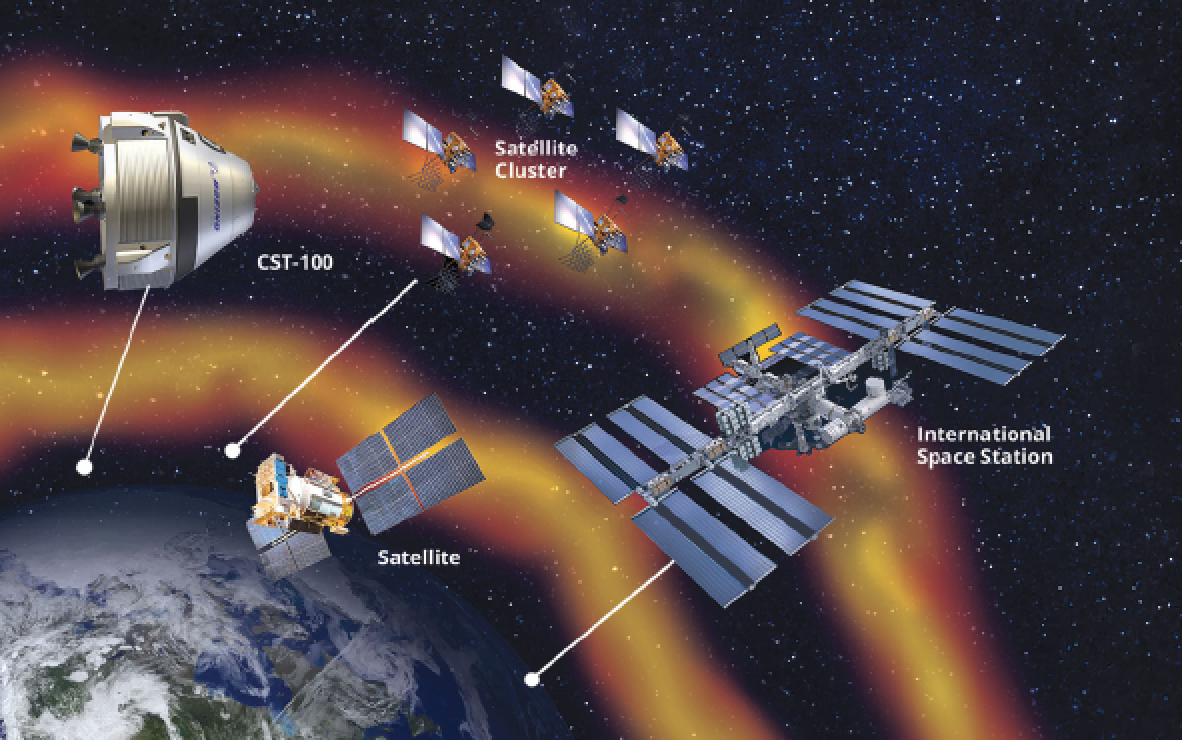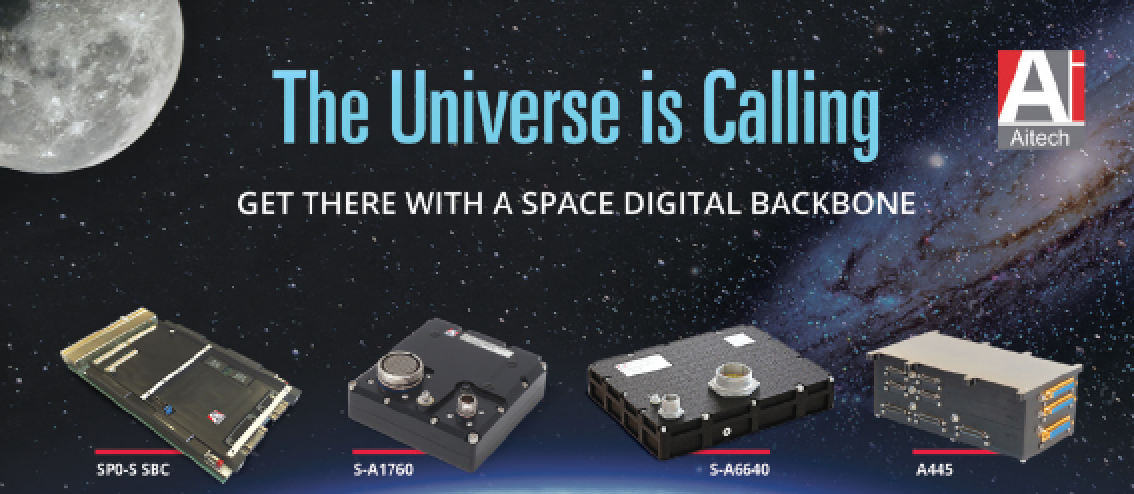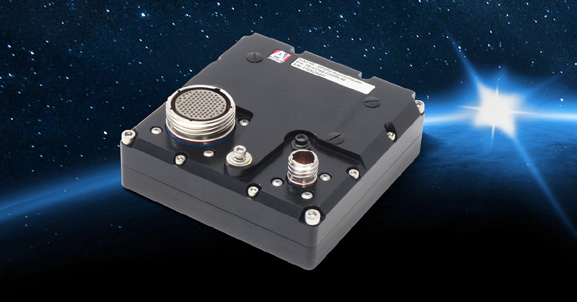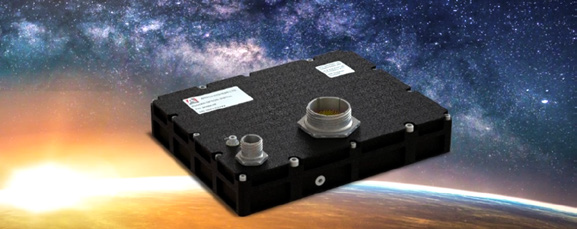Upon its inception in 2019, the Department of Defense’s (DoD) Space Development Agency (SDA) quickly defined the agency’s mission to contribute to the defense of our nation. According to then-Secretary of Defense, Patrick Shanahan, the SDA was formed to serve as “a national security space architecture that provides the persistent, resilient, global, low-latency surveillance needed to deter or, if deterrence fails, defeat adversary action as a prerequisite to maintaining our long-term competitive advantage.”

Figure 1: Flexibility in system design, risk reduction and cost-efficiencies are critical considerations in space technology development.
By leveraging speed, delivery and agility, the SDA aims to provide the needed space-based capabilities to the joint warfighter as well as support terrestrial missions through development, fielding and operation of the Proliferated Warfighter Space Architecture (PWSA).
This PWSA is the organization’s threat-driven constellation of smallsats that deliver critical services to our warfighters from space, formerly known as the National Defense Space Architecture.
Space As The Next Battlefield
Of the nine space acquisition tenets outlined in a memo issued by the Department of the Air Force in October of 2022, “Build Smaller Satellites, Smaller Ground Systems, and Minimize Non-Recurring Engineering” tops the list.
This presents a growing challenge to meet aggressive development-to-deployment schedules within a tight budget that is shared among satellite and payload builders, from privately funded organizations to government entities alike.
As the space industry pushes for designs with increased computing performance and tighter system integration, system engineers are then asked to achieve these goals within the extraordinarily small size, weight and power (SWaP) profiles.
Even with the reduction of costs and the growing opportunities in space electronics, reducing risk will always be a factor, as will the ability to meet challenging budget, power, weight and environmental targets.
Flexibility in system design, modular solutions built for any orbit level and reconfigurable, space rated components are all things to assess when developing space-rated electronics.
Establishing A Cost-Effective Electronics Pathway
A common thread across all parts of today’s space technologies is the digitization of electronics using Commercial-Off-The-Shelf (COTS) systems that rely on open standards and highly adaptive scalability to facilitate cost-effective innovations.
With the ability to capitalize on proven computing technologies in the highly rugged space environment, innovations from launch vehicles, satellites, propulsion and even future habitat environments, are being conceptualized or brought to market more rapidly than ever.

In theory, commercial components can be used in space applications, but important to note is that radiation tolerance in space components plays a significant role in determining the success or failure for the duration of a mission.
As a result, characterizing the radiation hardness is critical. But “COTS in Space” is not a new concept. In fact, Aitech has been providing reliable COTS-based systems to the space industry for nearly four decades.
What is new — the ability to better integrate COTS electronics into higher density, more compact, network-based satellite clusters being developed throughout the space industry at significantly lower cost and shorter development cycles.
This is, in part, thanks to the Space Digital Backbone (DBB) that enhances communication among space electronics and is helping forge a path for higher levels of military intelligence and situation awareness through networked, low-orbit, satellite constellations.
Space Digital Backbone: A Common, Networked Infrastructure
Modeling an “information highway” approach, the Space DBB architecture provides a unified, flexible and scalable communication infrastructure for the increasing number of IoT technologies being implemented into space architectures, such as the PWSA of the SDA.
Figure 2: Ethernet switch technology, such as Aitech’s S-A6640, enables the build out of the Digital Backbone architecture for increased space-based communication.
The onboard computing capabilities save the need to send significant data streams back to Earth.
Heavily using COTS systems for scale and cost-efficiencies, the Space DBB provides space electronics that operate across all orbits by removing connectivity and computing limitations as well as the associated performance bottlenecks that have forced space- grade, radiation-tolerant electronics to lag several generations behind similar systems on Earth in terms of technology advancement, adoption of modernized scalable architectures and open standards.
The Space DBB architecture includes three main elements:
• Open Standard Networking
• Edge Computing with AI/ML
• Network Attach Storage (NAS)
Examples of successful Space DBB networking include an Ethernet-based network switch (S- A6640) from Aitech as well as the first-in space, AI supercomputer — (S-A1760 Venus™) — based on the NVIDIA GPGPU architecture, enabling multiple edge computing and artificial intelligence and machine learning (AI/ML) applications to be deployed directly in space.

Aitech S-A1760 Venus Space AI GPGPU (General-Purpose
Graphics Processing Unit)
Improved Space Communications
Two instantiations of the Space DBB examples can be realized and implemented — one for LEO/NEO satellites and ISS, and another for GEO satellites/missions and Lunar exploration.
Both use the main three elements to enable easy up/down scalability, based on the size of a constellation, a spacecraft size and mission requirements.
Each of the implementations provides specifically designed and radiation-tested products for its target space environment in a compressed development timeline.

Figure 2: Ethernet switch technology, such as Aitech’s
S-A6640, enables the build out of the Digital Backbone
architecture for increased space-based communication.
The Space DBB streamlines high performance onboard computing and expedites valuable data assets for transmissions within a spacecraft or inter-constellation as well as back to Earth, eliminating significant technical challenges, such as extremely slow, cumbersome communications.
Future Of Space Being Led By COTS
Much like the insatiable need for high computing performance in harsh environments in the defense sector, there is a growing need for reliable, space-rated systems that meet the ever-evolving technology requirements around communication, imaging, and processing capabilities.

Proven and reliable COTS electronics enable aggressive development-to-deployment schedules and provide embedded designs with enhanced capabilities and performance.
A paradigm shift in the approach to building space electronics has paved the way for an entirely new economy of commercial spaceflight and has also enabled military and defense entities to reimagine the use of this expansive landscape.
The use of cost-effective COTS-based electronics is reducing latency risk and cost, while increasing connectivity, ultimately helping to build a far more efficient intelligence infrastructure for the warfighter in space environments.
aitechsystems.com



